“We don’t need better ideas for ads, but the big idea that can drive the businessâ€
In our new series – Planner’s Perspective – we at Adgully are speaking to some of the brand planning heads who are today playing a key role in agencies. Planning is not rocket science. The advantage of a planner is that he/she brings in special skills and a different approach to thinking by using research and going more in depth with people’s behaviour starting from psychology, sociology, mythology, data and culture. The planner with the help of all this study is able to create better insights and understanding of the consumers, which is very inspiring for the creative teams to come out with successful brand campaigns. The function of planning is highly knowledge-driven and one has to keep a watch on what’s happening in the outside world very closely. As someone said, you don’t get to learn planning in business schools, but it is the hunger for knowledge, curiosity, power of observation and experience that drives to be a sound planner.
In conversation with Adgully, Satish Krishnamurthy, Strategy Lead, Sideways, shares his views on the importance of planning, how it adds value to the creative brief and helps in churning great campaigns, on becoming a great strategist and much more.
Over the last two decades or more, Account Planning has become a separate function. How important is the role of a planner in today’s world, where planning has become more complex with the acceleration of digital?
Strategists have a huge role in driving thinking for the brand and building the business for the client. The strategist of today is no longer someone who only focuses on messaging, the strategist of today is a problem solver who tackles all spots where consumer friction affects business.
Digital has only accelerated this situation. Digital transformation is not only marketing and impressions, it’s all about the experience. A strategist today has to be well versed in delivering a spectacular user experience across the journey – not only getting downloads, but also engaging people online, getting them to visit you the first time, coming back again, and spending money with you.
Digital considers the entire journey. Any other way of looking at it means a broken perspective. We see it as Digital Marketing, but it is really Marketing in a Digital World.
What is the role of research in planning? In today’s world where there is plenty of data floating and available, how are planners leveraging the same to cull out great insights?
Unless you don’t step out of the office and go to where your consumer lives, no amount of floating data and number crunching will help. Being with the consumer in their habitat and understanding how they engage with the product is invaluable.
At Sideways, we have focused on innovative methodologies to give good strategic input to the brief. We have created potluck parties to understand how people interact with spices in a dish, we have audited kitchens across India to see how the homemaker organises the kitchen to her liking, we have ridden 250 km in a day with a group of bikers to understand nuances into city commuting and touring adventures.
The more you put yourself out there, the better your strategic input becomes.
Unless you don’t have good input for the problem, your output will get compromised. What research does is that it allows us to get real unsolicited answers, stuff that people won’t tell you and then connect the dots.
An equal amount of importance is needed for discussions that will help us connect disparate thoughts to arrive at insights, solutions, and recommendations.
As a planner one has to get a very tight and focussed brief. So, what kind of expectations do you set with your clients when you are briefed for a new campaign so that there is clarity right at the beginning?
I think we could reframe this to “As a planner one has to craft a clear, tight and focused brief for the creative team....”
A lot of clients are still not sure or have misplaced surety on where the solution should lie. It’s only when you ask the right questions and reinterpret the brief, can you bring clarity to the business objective. This is the biggest responsibility of any Strategist – bringing clarity to the business objective.
A Strategist has to extract the right brief from the client and then make the brand action very clear. The only way to do this is through discussion. This will help the strategist get at the right answer.
In these meetings, we could either reframe the client’s tasks, or re-present the facts with a different perspective, or look at the problem through the system map. All of this will help the agency drive alignment with the client on the entire strategy. This is the sure path to creating a sharper brief.
What kind of process do you follow with your creative partner when working on a campaign to share your insights? How do you arrive at that killer idea from the insights drawn?
The trick is to always involve the creatives earlier in the process. Keep feeding their inspiration in bits and pieces before you actually brief the team. That way, whenever the briefing happens, the entire team is primed to drive greater creative output.
At Sideways, creative teams have always travelled with Account Management and Strategy Teams for research. This allows us to start jamming in some shady bar in Coimbatore and keep sharing ideas that come to our mind over a few days. That’s the best part.
The onus lies on the strategist to drive creative inspiration and make it satisfying for the creative team to work on. I feel that if we keep asking why a few times, what is merely an observation slowly starts becoming an insight.
Apple decided they should position themselves as challengers of the status quo. This stemmed from the insight that if you use a computer to do boring things, you end up becoming a boring person. They asked, why should computers only be used for office work, why not for recreation and other pursuits.
This is what led to the birth of “Think Different”. They disrupted computing with candy-coloured iMacs, they disrupted album buying behaviour with iTunes, they disrupted mobile phone behaviour with the App Store. They changed the way people use phones, and now they are leading the pack in an integrated multi-screen experience.
We don’t need better ideas for ads, we have to think of the big idea that can drive the business. That is a huge responsibility the strategist must shoulder...
As a planner you need to keep your eyes and ears to the ground. How often does one have to do market visits to get to know the real pulse of the market and your audience, as the planner is responsible to bring in fresh knowledge about the target audience into the creation and ideation process?
Agencies have gotten around to doing a lot of top-down research work. Look at meta trends, bucket everything into the cumulative, and arrive at broad commentary on the category, or about the consumer.
Every project or every new task needs to be substantiated with knowledge of the market and the consumer. Here is where a bottom-up approach works best. Going to people’s homes, getting unsolicited answers and bringing in the right knowledge through innovative methods allows us to remain excited about the problem and how to solve it.
The assignment needs to start with a clear role for research. Even when the time is limited, if agencies do not give importance to the process, they will not be able to replicate the successes they obtained in earlier projects.
The surest way to replicate success is to go down into the market, understand the pulse of the category and then springboard into strategy.
Planners are a scarce community. How do you unearth good planning talent and groom them? What does it take to be a successful planner?
The idea is to find strategists at heart, not just someone who wants to be in advertising. An innate sense of curiosity is a starting point.
In the initial years, it’s important to feel excited about the journey, yet understand that the process is messy. Find ways to feed the innate sense of curiosity. Get strategists to work independently on smaller assignments, so that they appreciate the process of growth and take themselves towards Strategy.
As a planner matures, the focus is on how well they manage the project. The lines between project management and strategy are blurred. Strategy without execution is only academic achievement. Mid-level strategists must help deliver quality in time to drive projects towards completion and closure.
For all strategists, framing arguments persuasively is key. Intellectually spar with them in conference rooms to help them understand how to develop their arguments and convince other team members. Only if they bat within the agency team, will they be able to bat with the client.
Senior strategists move into the role of team manager and coach. Because they have been through the journey, they should be able to only help the team get better at strategy. A good senior planner is a master conductor, who gives every team member a role to play in a successful outcome.


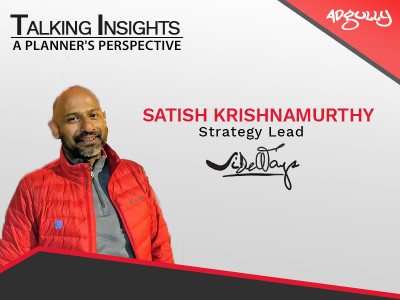








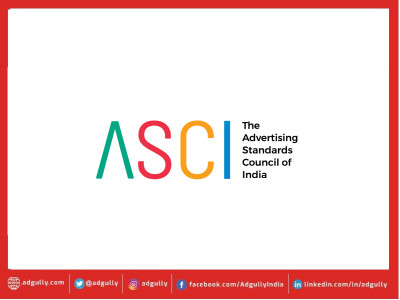
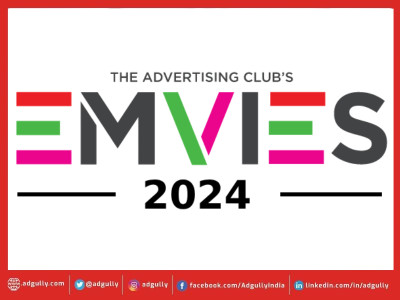




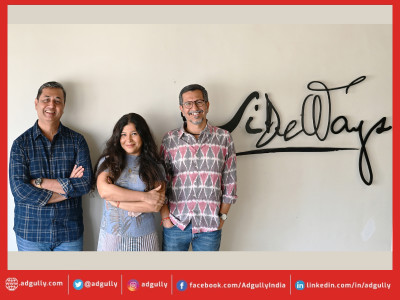
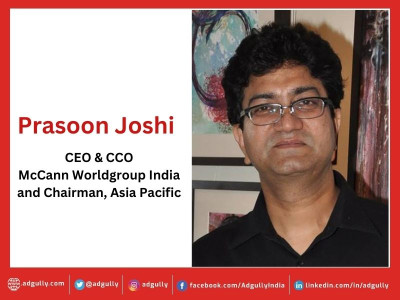

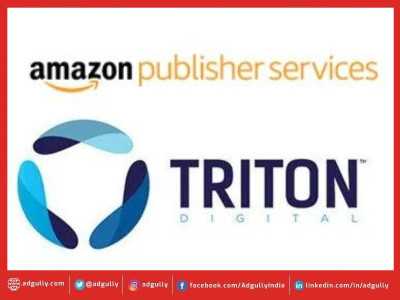
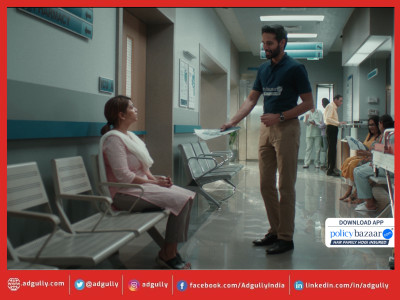

Share
Facebook
YouTube
Tweet
Twitter
LinkedIn